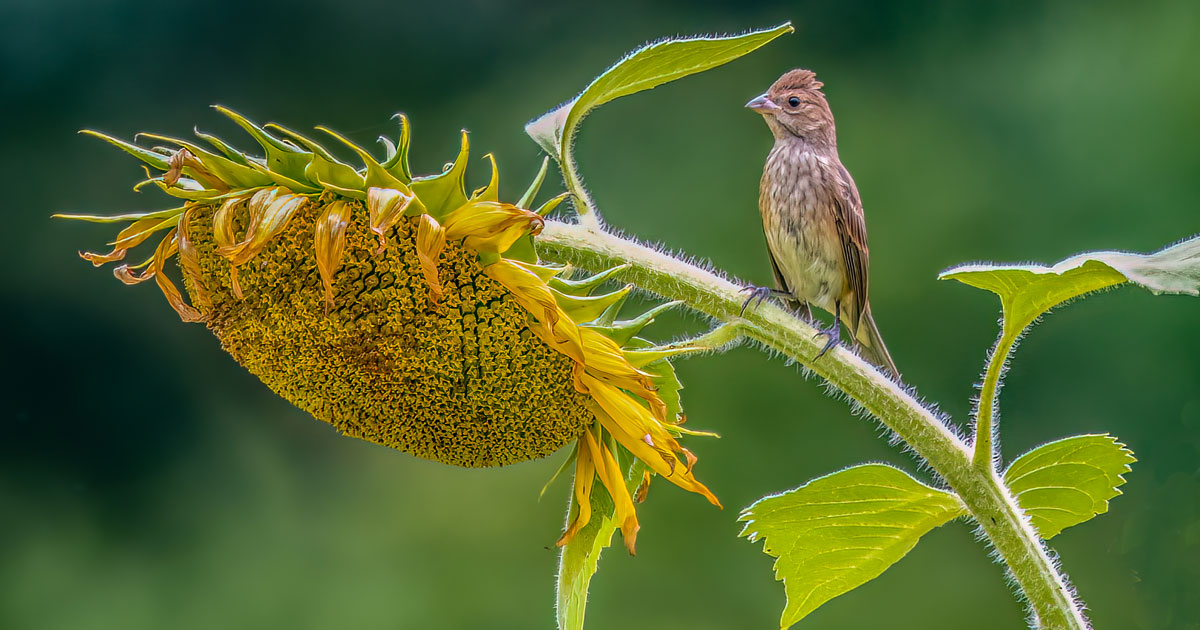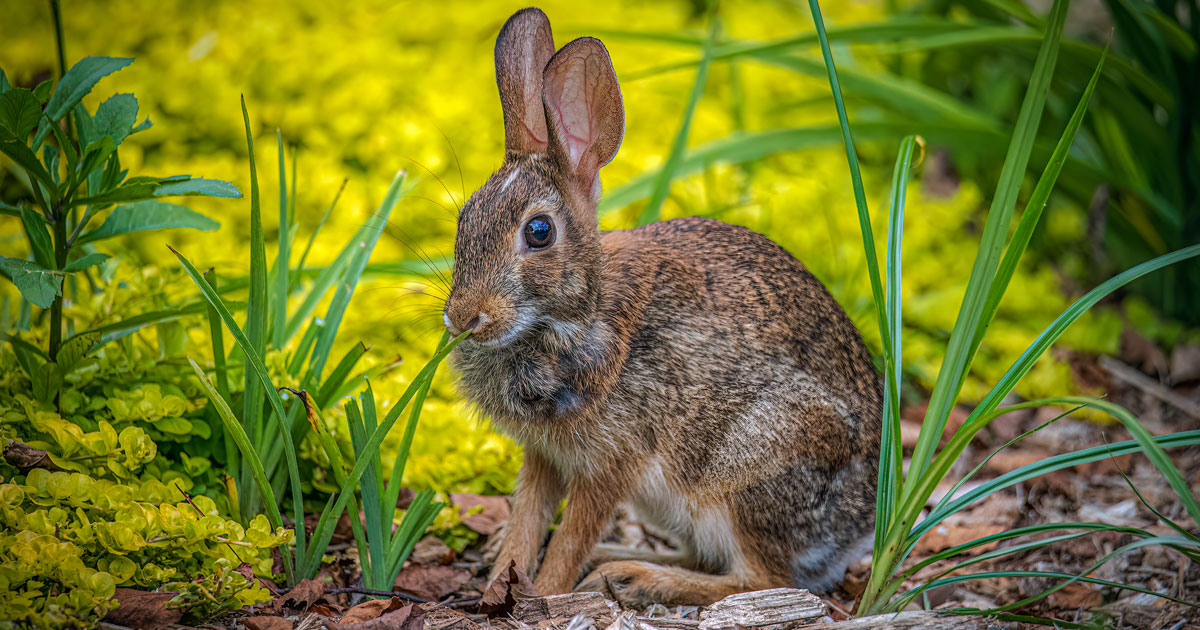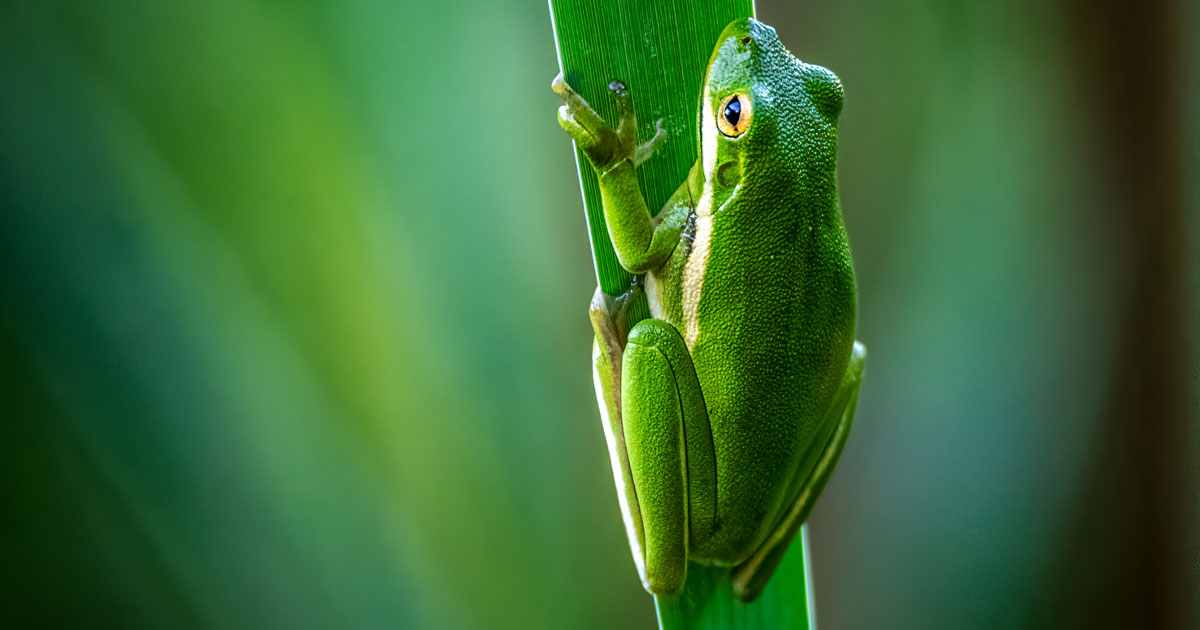Nature and wildlife photography tips
November 1st, 2023
By Cathy Bester
This is an excerpt from the Fall/Winter 2023-2024 issue of the Upstate Advocate, Upstate Forever's twice-yearly publication. To read a digital copy of the complete publication, please click here.
Do you have a curiosity about the world around you? A great way to explore nature is through the lens.
You don’t need expensive gear to shoot stunning nature images. While DSLR and mirrorless cameras offer a wide range of exposure controls and lenses, modern cell phones have truly amazing camera capabilities! Whatever equipment you have access to is a great place to start your nature photography journey and, with a few basic tips, you can get closer to achieving that perfect shot.
Consider composition
When setting up your image, slow down and be deliberate. You should consider if a portrait or landscape orientation is best to showcase your subject. You can decide to fill the frame with your subject or shoot wide to include its natural habitat.
You can add more interest to your images by shooting your subject from a perspective other than your eyelevel. Get down low to shoot an image of your subject at their level or move higher to give a bird’s eye view!
Don’t forget to pay attention to the background in your composition! If it is distracting, try shooting from another angle.

Work with natural lighting
The best time to shoot outdoors is during the morning and early evening. If you are limited to midday, wait for cloudy days or search for shade — overhead sunlight can be harsh.
Morning and evening hours are also when wildlife is typically most active, giving you the best opportunities. Explore your creativity by considering different angles of natural light, including backlighting and side-lighting on your subject.

Get to know your subject
If you take the time to know your subject, its movements, feeding habits, and other behaviors, you will capture better images. During your observations, please be sure to maintain a safe distance to avoid interfering with your subject’s natural behaviors. The most compelling nature photos often show behavior of wildlife, such as butterflies getting nectar from flowers, or birds feeding their young.
If you are unsure of the species you are photographing, apps and guide books can help you identify them and better understand their habits.
On iNaturalist, experts from around the world will assist in identifying species through images. Seek is another app which is fun for families to refer to while exploring biodiversity in the natural world. Your local library or outdoor outfitter may also have books available to assist in species identification.
All photos by Cathy Bester. View more on Instagram: @cathleenbester.photography


